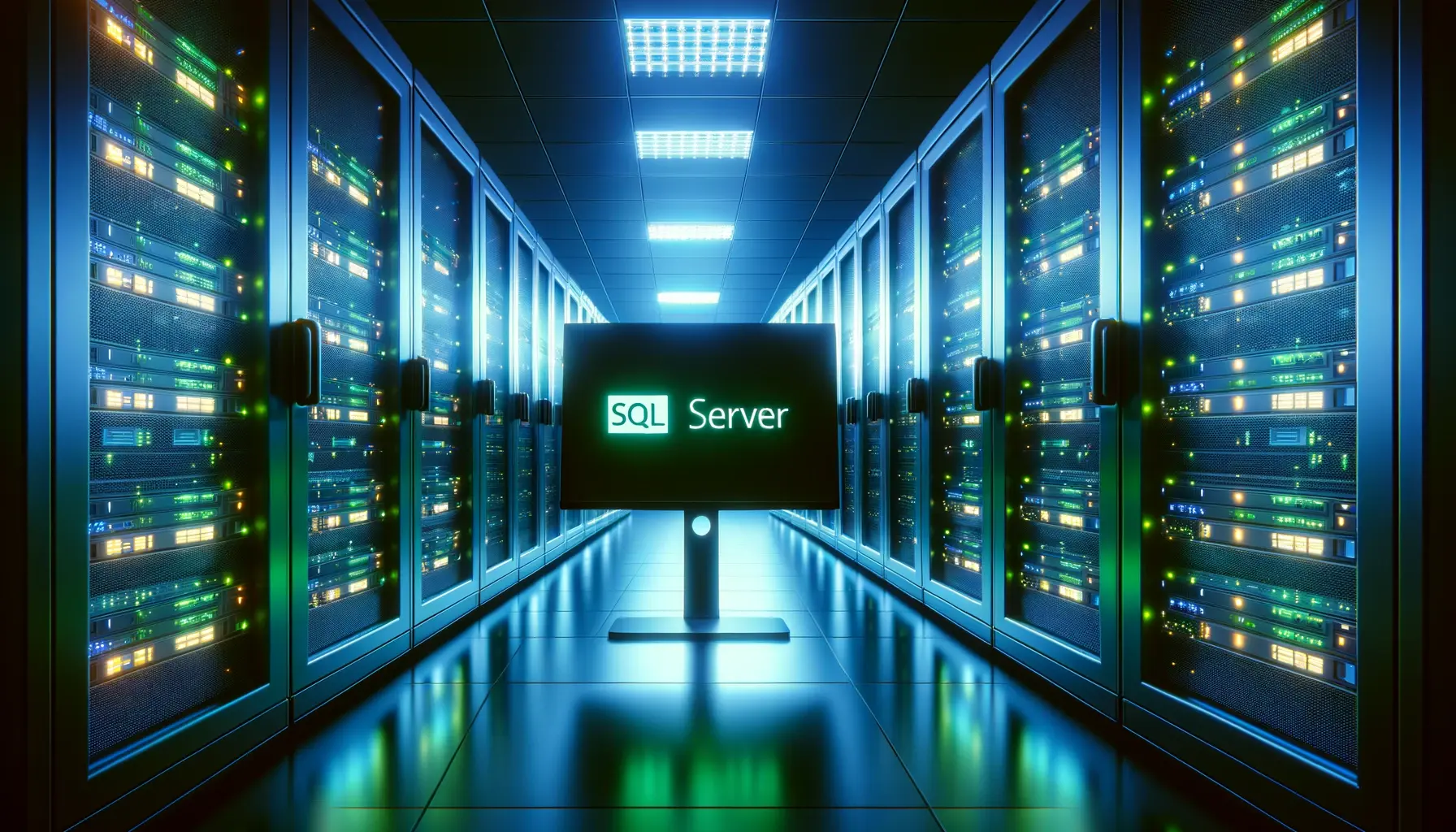Microsoft SQL Server 2017 CAL - Your guide to licensing
Introduction to Microsoft SQL Server 2017 CALs
Microsoft SQL Server 2017 is a proven database management solution that is widely used in organizations. If you use this software, Microsoft SQL Server 2017 CALs (Client Access Licenses) are essential. In this text, we provide you with an easy-to-understand overview of what they mean and how they work.

The importance of Microsoft SQL Server 2017 CALs
Microsoft SQL Server 2017 CALs are licenses that allow users or devices to access the SQL Server services and databases. They play a crucial role in ensuring that your company complies with legal requirements and that the use of SQL Server is regulated.
Why are Microsoft SQL Server 2017 CALs important?
Proper licensing with Microsoft SQL Server 2017 CALs is critical to avoid legal consequences and operational disruption. Without the right CALs, you may not be able to legally access SQL Server 2017.
Types of Microsoft SQL Server 2017 CALs
There are two main types of Microsoft SQL Server 2017 CALs:
-
User CALs: These licenses are user-based and allow a specific user to access SQL Server 2017. User CALs work well if your organization has many devices and fewer users.
-
Device CALs: Device CALs are device-based licenses that are tied to a specific device. They allow all users who use this device to access SQL Server.
Purchasing CALs for SQL Server 2017
As a rule, Microsoft SQL Server 2017 CALs must be purchased separately from the server software. Make sure to purchase the appropriate number and type of CALs according to your company's individual requirements.

Conclusion
Microsoft SQL Server 2017 CALs are critical to ensure your organization is properly licensed and operating in compliance with regulatory requirements. The choice between User CALs and Device CALs depends on your organization's specific situation. Properly licensed CALs are the key to smooth operations and avoiding legal issues. Make sure you purchase the right CALs to ensure the compliance and legality of your SQL Server 2017 usage.















































